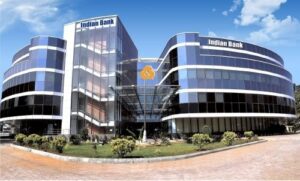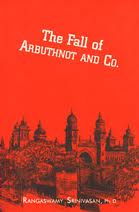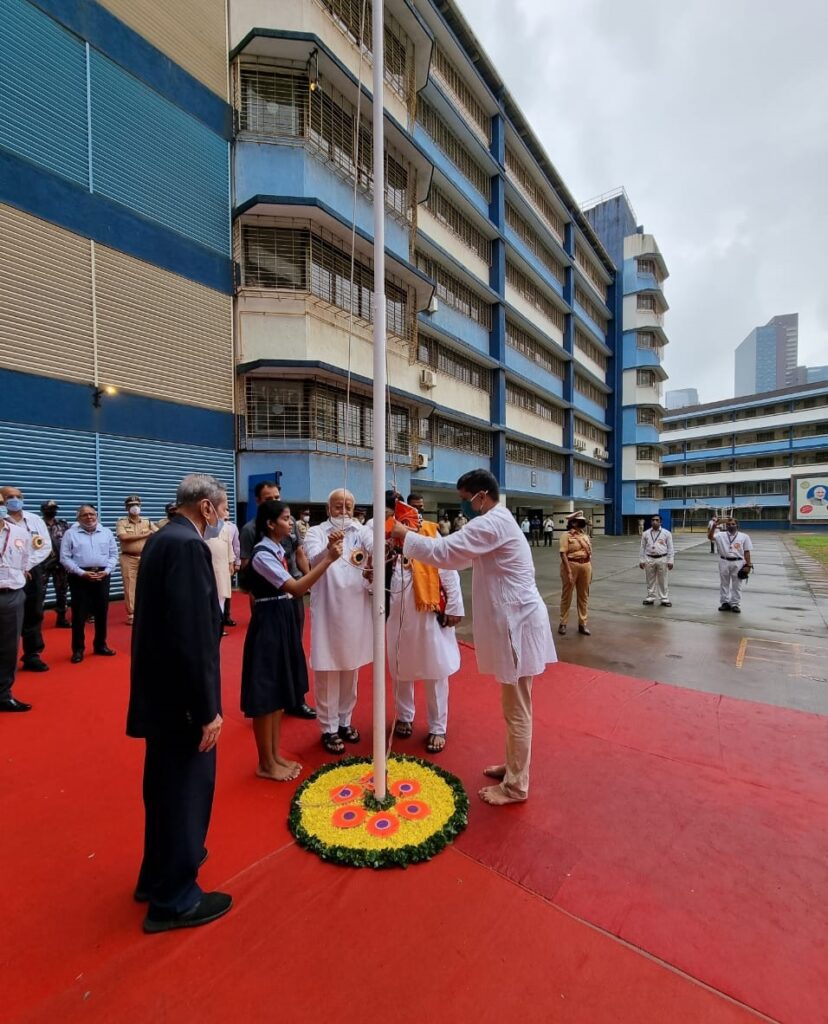
 August 15th, is a day of celebration for the State of Tamilnadu for yet another reason in addition to being Independence Day of our country. Yes, that day witnessed the birth of a Swadeshi Bank in Chennai (then Madras)
August 15th, is a day of celebration for the State of Tamilnadu for yet another reason in addition to being Independence Day of our country. Yes, that day witnessed the birth of a Swadeshi Bank in Chennai (then Madras)
Punjab National Bank was founded in Lahore in 1894, as part of the Swadeshi Movement with the active support of great leaders such as Lala Lajpat Rai, to cater to the needs of people of northern parts of Bharat. In the same lines, Chennai had the privilege of launching a Swadeshi Bank in the South that too 40 years before the independence of our country. Mahakavi Bharati wrote an article hailing the arrival of the new bank and appreciating the founder fathers- philanthropists, legal luminaries and, financial geniuses.
Though the desire to start a bank by our own Bharatiya initiative was long nurtured, it had to wait for the right opportunity which of course, came in the form scam and misery to investors and general public. The historic situation which gave birth to the bank was a story sounding like a crime, suspense thriller, legal battle and eventual victory of a common man. It arrests the interest of a reader even after the passage of around 120 years.

 The firm Francis Latour & Co. was started by Francis Latour in the 18th Century. An Arbuthnot, from the VVIP family of Madras, joined it in 1803. In 1810, on the retirement of Latour, the firm became Arbuthnot, De Monte and Company and later became Arbuthnot & Co. One R.W. Arbuthnot played a pivotal role in taking it to glory retired in 1876. By that time, the company had earned the reputation as reliable banking entity with its range of operations extending from manufacturing, trading, to owning and managing coffee and indigo estates. They had acquired the goodwill because of paying a minimum of 5% interest year after year on deposits. Therefore, even celebrities, leading industrialists, lawyers – both Indian and Europeans besides middle class patronised the bank. Gradually, it had become a family run business with as many as 16 members of the Arbuthnot family occupying the key positions including Sir George Arbuthnot, the managing partner. He was well known member of the elites’ circle of Madras society who had served as Member of the Legislative Council, Chairman of the Madras Chamber of Commerce several times and also President of the Board of Directors of the Bank of Madras (later known as Imperial Bank of India and further as State Bank of India).
The firm Francis Latour & Co. was started by Francis Latour in the 18th Century. An Arbuthnot, from the VVIP family of Madras, joined it in 1803. In 1810, on the retirement of Latour, the firm became Arbuthnot, De Monte and Company and later became Arbuthnot & Co. One R.W. Arbuthnot played a pivotal role in taking it to glory retired in 1876. By that time, the company had earned the reputation as reliable banking entity with its range of operations extending from manufacturing, trading, to owning and managing coffee and indigo estates. They had acquired the goodwill because of paying a minimum of 5% interest year after year on deposits. Therefore, even celebrities, leading industrialists, lawyers – both Indian and Europeans besides middle class patronised the bank. Gradually, it had become a family run business with as many as 16 members of the Arbuthnot family occupying the key positions including Sir George Arbuthnot, the managing partner. He was well known member of the elites’ circle of Madras society who had served as Member of the Legislative Council, Chairman of the Madras Chamber of Commerce several times and also President of the Board of Directors of the Bank of Madras (later known as Imperial Bank of India and further as State Bank of India).
The firm’s downfall started with one Patrick MacFayden’s admission as partner to represent its functions in London. He had earlier served the family and gained the confidence which only made his entry possible into the management cadre. However, personally he was a habitual speculator (could be called a gambler too). His weakness of dabbling in stock exchange of London, needed huge sums of money – treasures accumulated over decades from India to be transferred to England. How long can it go on? One fine morning, Macfadyen, threw up his hands and fearing his arrest, committed suicide by standing before a train in the underground route. That led to the crash of London operations and consequently back in Madras as well.
The aggrieved customers of the bank gheraoed its office located in Ramakoti building near Rattan Bazar, near Kandasamy Temple or Pookkadai area in current parlance. On October 22, 1906 Arbuthnot Co. filed insolvency petition in Madras High Court and immediately the firm was declared insolvent. Several meetings of the depositors were held. Sir Arthur Lawley, then Governor of Madras Presidency took personal interest in salvaging as much as possible to meet the repayment to all the depositors, particularly the small depositors.
The government filed a case against Arbuthnot, for misappropriation and diverting the funds of the general public for personal benefit with intention to defraud. The case was heard by the Judge Sri S Subramaniya Aiyer. After a prolonged legal battle, and sustained efforts of Advocates V Krishnaswamy Iyer and T Narasimha Iyengar, Arbuthnot was sentenced to 18 months of imprisonment.
In the meanwhile, V Krishnaswamy Iyer and M Ramasamy Chettiar brought together eight Indians who started a bank funded by Chettiar Capital which later became the Indian Bank. Its registered office continued to be from Ramakoti building and later it was moved to Beach Road, now known as Rajaji Salai. Indian Bank started its operations from August 15, 1907. Having faced several ups and downs, bounced back and emerged stronger out of every testing situation. Now Indian Bank is one of the premier banks of the country with over 6000 branches after the acquisition of Allahabad Bank in 2020.

